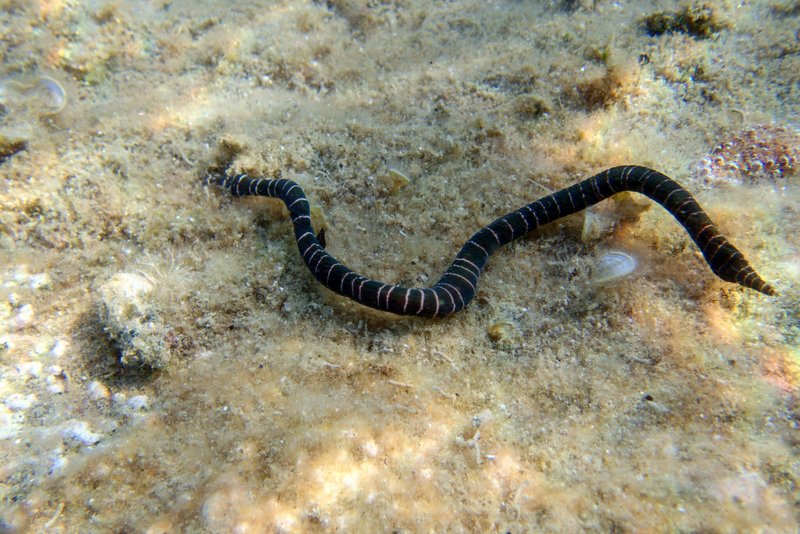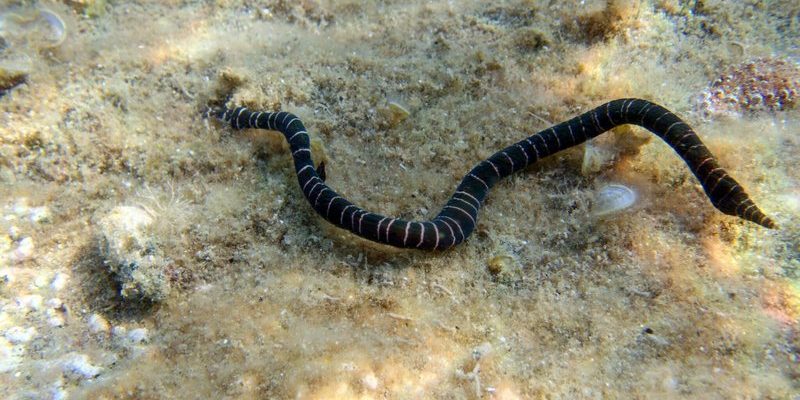
Recording ribbon worm movement with time-lapse is like speeding up a slow-motion dance. You get to see every wiggle and undulation that you might miss in real-time. To help you get started, you’ll need a good time-lapse camera. Many people use action cameras or any device that allows for time-lapse settings. Today, let’s dive into the nitty-gritty of how to effectively set up your time-lapse recording to showcase these unique marine animals.
Understanding Ribbon Worms: A Quick Overview
Ribbon worms, or nemerteans, are soft-bodied creatures found in various marine environments. They can be incredibly colorful, with some species displaying vibrant hues that make them a joy to observe. One of the most remarkable features of ribbon worms is their long, slender bodies, which can stretch and contract, almost like a piece of elastic.
When you think about their movement, picture a snake slithering, but with a lot more flair. These worms glide over surfaces, weave through the water, and can even dart when startled. Capturing these movements is key to understanding their behavior and habitats, which can be intricate. And time-lapse photography allows you to compress hours of activity into a few captivating seconds.
What You Need for Time-Lapse Recording
Recording ribbon worm movement requires a few essential tools to set everything up properly. Here’s what you’ll need:
- Camera: A DSLR or any camera with a time-lapse function will do. You could also use an action camera like a GoPro.
- Tripod: Stability is crucial. A tripod will help keep your camera steady.
- Lighting: Good lighting helps capture every intricate detail. Consider using LED lights that can be positioned to reduce shadows.
- Time-lapse software: If your camera doesn’t have built-in time-lapse, there are several apps and programs available to help you create it post-recording.
Remember, having the right equipment is half the battle. Once you’re set up, you’re ready to start observing and recording these marvelous creatures!
Setting Up Your Time-Lapse Shot
Now that you have the essentials, it’s time to set up your shot. Here’s a simple step-by-step guide:
1. **Choose Your Location:** Find a tank or natural habitat where the ribbon worms are present. Make sure it’s well-lit and the worms are visible.
2. **Position the Camera:** Set up your camera on a tripod at an angle that captures the ribbon worm’s movements clearly. Aim for a side view to showcase their body length.
3. **Adjust Settings:** If your camera has a time-lapse mode, set the interval according to how fast the ribbon worms are moving. A good starting point is every 1 to 10 seconds.
4. **Check Focus:** Before starting, ensure the camera’s focus is sharp. Ribbon worms can be quite small, so a clear focus is essential.
By following these simple steps, you can create an engaging time-lapse that highlights the ribbon worms’ unique behaviors.
Why Time-Lapse Photography Matters
You might wonder why anyone would go through the effort of time-lapse photography for ribbon worms. The truth is, these recordings can offer valuable insights into their behaviors and environments. Understanding how ribbon worms interact with their surroundings can help us better protect their habitats.
Moreover, these videos spark curiosity and appreciation for marine life. Imagine showing a time-lapse of a ribbon worm’s movement to friends or at a school presentation. It’s a fun and engaging way to teach others about marine biology. Plus, you might just ignite someone’s passion for marine conservation!
Common Challenges and Troubleshooting
Like any project, you may encounter a few bumps along the way. Here are some common challenges and tips on how to overcome them:
– **Lighting Issues:** If your video seems too dark or too bright, adjust your lighting. Using diffusers can help soften harsh lights.
– **Camera Stability:** If your camera isn’t stable, your time-lapse will look shaky. Ensure your tripod is on a flat surface, and consider using a weight to stabilize it.
– **Focus Problems:** If the image isn’t in focus, check the autofocus settings, or switch to manual focus if necessary. Remember to focus before starting the recording.
Once you familiarize yourself with these typical issues, you’ll feel more confident in your recording process.
Editing Your Time-Lapse Footage
After capturing your time-lapse, the fun part begins: editing! Editing allows you to enhance your footage and really make those ribbon worms shine. Here’s how to get started:
1. **Choose Editing Software:** There are many options, from basic ones like iMovie to more advanced programs like Adobe Premiere Pro. Pick one that suits your skill level.
2. **Import Your Clips:** Upload your time-lapse footage into the software. Most programs allow you to easily drag and drop your videos.
3. **Adjust Speed:** If your clips are too slow, increase the playback speed. You can also play with the duration of clips to keep your audience engaged.
4. **Add Sound or Text:** Consider adding background music or informative text overlays to explain what viewers are seeing.
Through editing, you can create a polished final product that captures the beauty and grace of ribbon worm movement while informing viewers about these lesser-known creatures.
Sharing Your Work with the World
Once your edit is done, you’ll want to share it! There are countless platforms where you can showcase your time-lapse. Here are a few popular options:
- YouTube: A great place for sharing video content. Consider adding a description that provides context for your footage.
- Social Media: Platforms like Instagram and TikTok are perfect for short clips that can go viral.
- Science Forums: Share your findings and footage in online communities dedicated to marine biology or photography.
Engaging with the community can lead to discussions, feedback, and even collaborations. Plus, you might inspire others to explore the beauty of marine life through their cameras.
In conclusion, using time-lapse to record ribbon worm movement is an exciting venture that combines art and science. Through careful observation and technical setup, you can create stunning visuals that tell the story of these beautiful creatures. So grab your camera, set up your tank, and let the ribbon worms take center stage in your next creative project!

